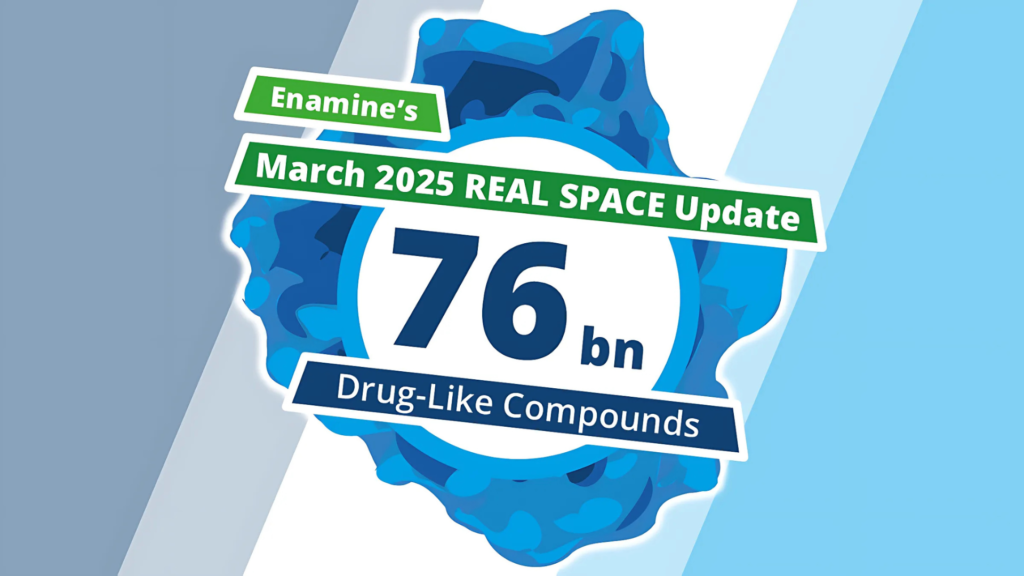Fragment-based lead discovery (FBLD) has undoubtedly become an invaluable resource for medicinal chemists in the identification of lead candidates.
Since an efficient fragment evolution requires structural data of protein-ligand interactions, a variety of biophysical methods are applied in a cascade approach as a set of prefilter prior to structure determination. Systematic studies suggest that the cascade approach significantly reduces the hit rate compared to a direct crystallographic screening.
The application of X-ray crystallography as a primary fragment screening method has been underutilized due to the limited availability of a robust system for soaking experiments and solubility issues of fragments. One of major bottlenecks in the experimental setup for crystal soaking is the sensitivity of protein crystals. We overcome this limitation using the SmartSoak® technology, which stabilizes protein crystals leading to high-performance soaking systems. No trial-and-error optimization of the soaking system needed.
In case studies, we demonstrate the advantages of the application of crystallographic fragment screening as a primary screening strategy for the hit identification. The resulting structural data can now be utilized to explore the chemical space on scale using computational methods.








